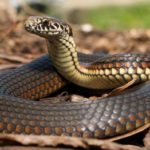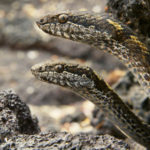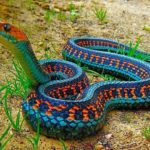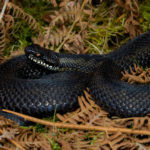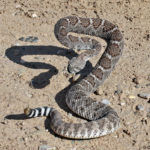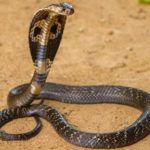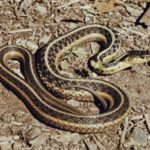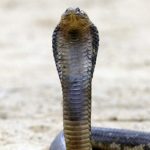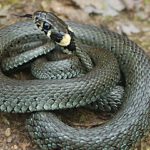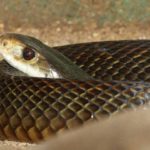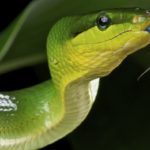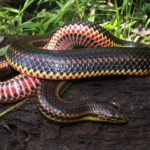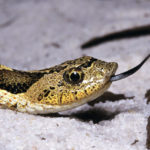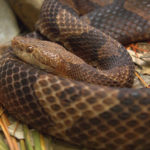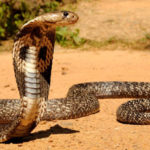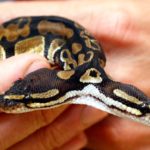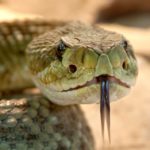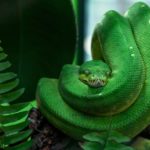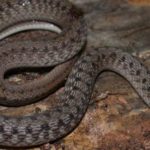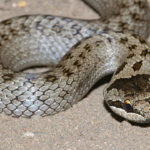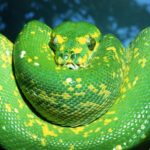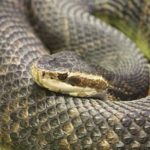Snakes – information
 More than 2,500 species of snakes live on our planet. They can be found everywhere except Antarctica and several islands such as New Zealand and Ireland, and also not on the small islands of the Atlantic and Pacific (central part) of the oceans. However, among all the snake diversity, only 10% are poisonous.
More than 2,500 species of snakes live on our planet. They can be found everywhere except Antarctica and several islands such as New Zealand and Ireland, and also not on the small islands of the Atlantic and Pacific (central part) of the oceans. However, among all the snake diversity, only 10% are poisonous.
Poisonous snakes use poison to hunt to kill their prey, but they can also bite for defense, but before they attack, they often try to warn the enemy about it. Snakes swallow their prey whole without chewing it, and so that the victim does not resist and does not hinder the swallowing process, the snake stings it by injecting its poison. By the way, in a protective snake bite, much less toxic substance than in a bite during hunting.
Taipans are very poisonous Australian snakes from the family of aspids, to which there are only two species: a cruel snake and a Taipan. These are pretty big snakes. Their bite is considered very dangerous, even the most dangerous among all modern snakes living on Earth. Until the antidote was discovered (in 1955), from the bite of these snakes, people died in 90% of cases.
Ophthalmic snake, or Indian cobra – a very beautiful motley snake, growing to 1.5-2 meters in length. It inhabits India, Central Asia, Southern China (to the Philippines and the islands of the Malay Archipelago). The offspring of this cobra is poisonous from the very first minutes after birth. Poison cobra venom contains toxins that damage central nervous system. Only one gram of poison is capable of killing 140 medium-sized dogs.
Nosataya anhydrina is a poisonous inhabitant of the tropical part of the Indo-Pacific region. Although it refers to poisonous snakes, but has a fairly peaceful nature. Having seen a fisherman in the sea, he prefers to move away from him. The venom of this snake is 4-8 times more toxic than the cobra venom. A lethal dose for humans is about 1.5 mg of poison. Its poison contains strong neurotoxins.
